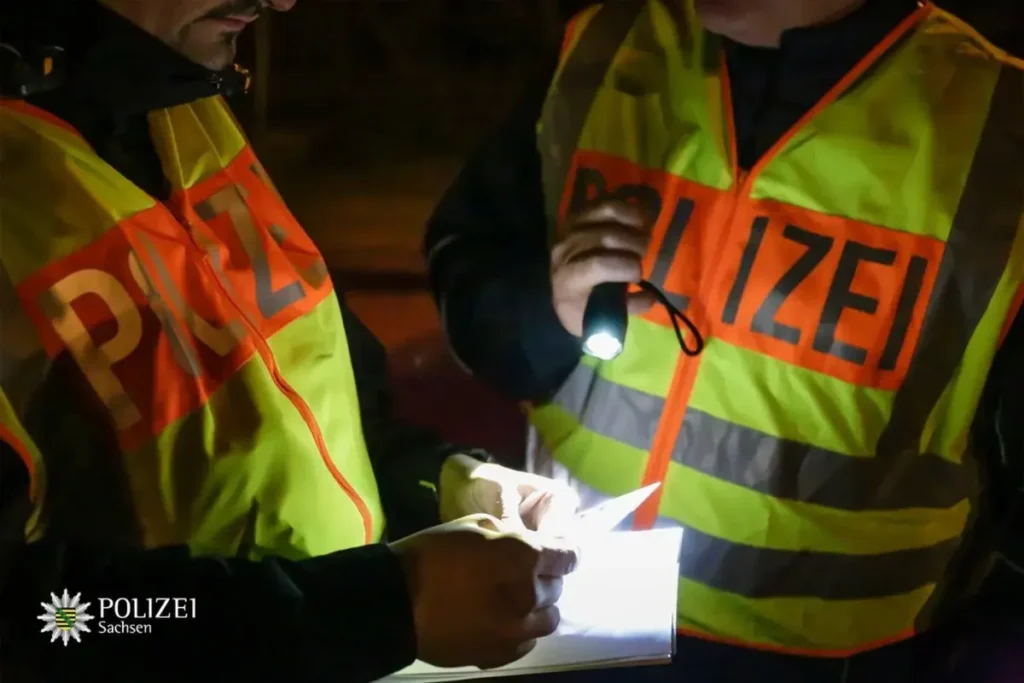The decision comes in response to an escalated terrorism threat in Denmark.
The government’s evaluation has identified several factors contributing to the necessity of reintroducing border controls with Germany. These include the heightened threat due to Quran burnings, a substantial and persistent threat from foreign intelligence agencies, and a surge in migration, with 11 countries currently experiencing higher numbers of asylum seekers than during the 2015-2016 migration crisis, the ministry explained.
In April 2023, the Danish Government revamped its border strategy towards Germany, prioritizing law enforcement activities in border areas over entry checks. This model will continue with the reintroduction of border controls during the next 6 months.
The transition is still being implemented, and the National Police have noted a positive impact on traffic management, which will enhance cross-border crime investigations.
The police remain prepared to increase entry checks swiftly in response to any changes in the threat landscape.
With the addition of Danish controls at the German border, the number of border controls within the Schengen area has risen to seven: motorists can expect controls at the German-Polish, Polish-Slovak, Czech-Slovak, Austrian-Slovak and Slovakian-Hungarian borders.
Photo credits @ ErichJacobi, CC BY-SA 4.0, via Wikimedia Commons









